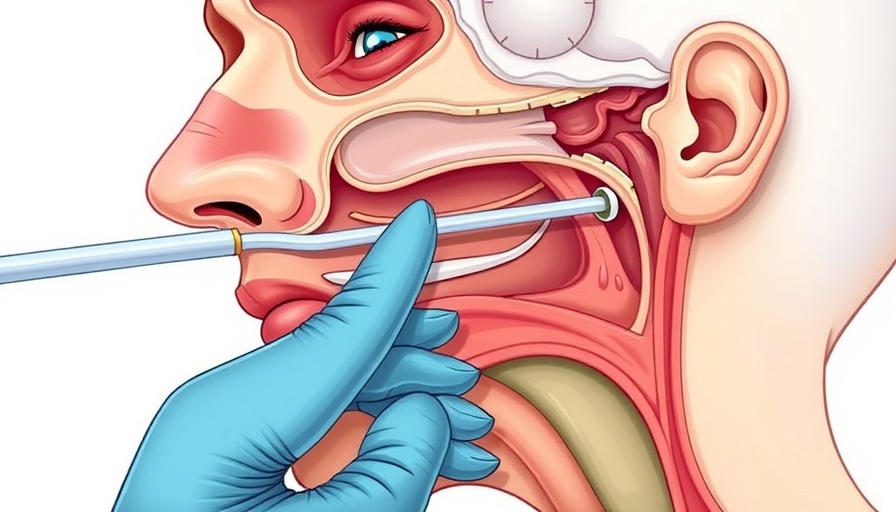
Understanding 3D CT and Virtual Endoscopy in Head and Neck Cancer
Recent advancements in medical imaging technologies, specifically 3D computed tomography (CT) and virtual endoscopy, have paved new avenues in diagnosing and managing complex conditions like head and neck cancer. By offering detailed visual representations of the airway anatomy, these technologies are proving to be instrumental in enhancing airway management strategies, thus improving patient outcomes.
The Advantages of 3D Imaging Technologies
3D CT provides clinicians with a comprehensive, three-dimensional view of anatomical structures, allowing for precise planning and surgical navigation. Unlike traditional imaging methods, 3D CT enhances the visualization of complex airway anatomies, thereby helping healthcare professionals anticipate and tackle complications during surgery. On the other hand, virtual endoscopy, through its minimally invasive approach, enables the inspection of the airway in real-time, virtually eliminating the need for physical instruments in specific scenarios.
Implications for Airway Management
The integration of these technologies into standard practice represents a significant step forward in how airway management is approached in head and neck cancer patients. Studies indicate that utilizing 3D CT and virtual endoscopy during preoperative planning results in reduced operational times and improved patient safety. Additionally, real-time visualization allows for on-the-spot adjustments, substantially enhancing the effectiveness of surgical interventions.
Counter Perspectives and Considerations
While the benefits of these technologies are substantial, some healthcare professionals remain cautious. Concerns about the potential for over-reliance on technology, as well as the necessity of skilled interpretation of advanced imaging, pose challenges. Critics argue that while 3D imaging enhances understanding, it should not replace traditional skills and hands-on training.
Future Predictions and Opportunities
As innovation continues to shape the healthcare landscape, the future of airway management could see even more integration of artificial intelligence (AI) and machine learning into imaging analysis. These advancements may lead to automated systems capable of predicting complications and suggesting alternative strategies, thus further improving surgical success rates.
In Conclusion: The Value of Technological Integration
As we stand on the cusp of a new era in medical imaging, the impact of 3D CT and virtual endoscopy on airway management in head and neck cancer is profound. Patients can expect not only enhanced surgical precision and safety but also better preoperative assessments. Connecting these advanced technologies with clinical practice affirms a future where data-driven insights lead to optimal treatment approaches.
Stay informed about technological advancements in healthcare to better understand the trends shaping patient outcomes globally.
 Add Row
Add Row  Add
Add 




Write A Comment